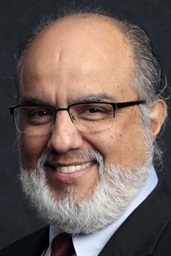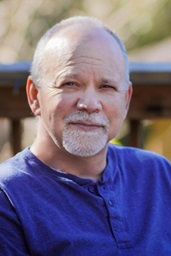Like many other parents, I’ve been a little anxious about when my son will be able to get the H1N1 vaccine.
The New York City school system is making the vaccine available for free, but as a high school student, he will have to go to a November weekend clinic somewhere in the Bronx to get it. We don’t really know yet whether there is enough of the vaccine or how much demand there will be.
At least we can expect to have access to protection from a potentially serious illness. If Jack lived in Africa, on the other hand, he might already have survived a case of malaria.
Or not.
Every 30 seconds, a child in Africa dies from a malaria infection. Of the more than a million people killed by malaria each year, 90 percent are African children.
Four years ago, I covered the TIME Global Health Summit in New York, where United Methodist Bishop Joao Somane Machado of Mozambique – who has contracted malaria a number of times himself — said the world needed to pay attention to the fact that children in his country were dying each day from malaria. It was not an African issue, he added, but a global one.
Since then, United Methodists and other groups have done an admirable job in responding to this issue, particularly in providing mosquito bednets and education about the disease at various locations in Africa.
But it’s not enough. So The United Methodist Church has officially declared that it wants to “Imagine No Malaria.” The goal seems almost impossible – raise $75 million to expand programs aimed at eradicating the disease around the world by 2015.
The big question: do we collectively have enough imagination to achieve the goal?
Look at your own children before you answer.
Like what you're reading? Support the ministry of UM News! Your support ensures the latest denominational news, dynamic stories and informative articles will continue to connect our global community. Make a tax-deductible donation at ResourceUMC.org/GiveUMCom.



